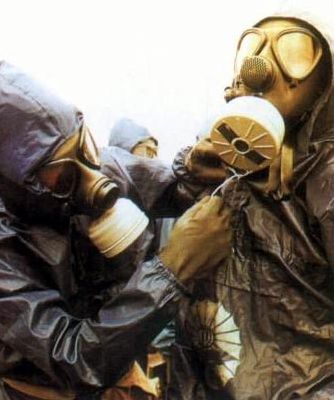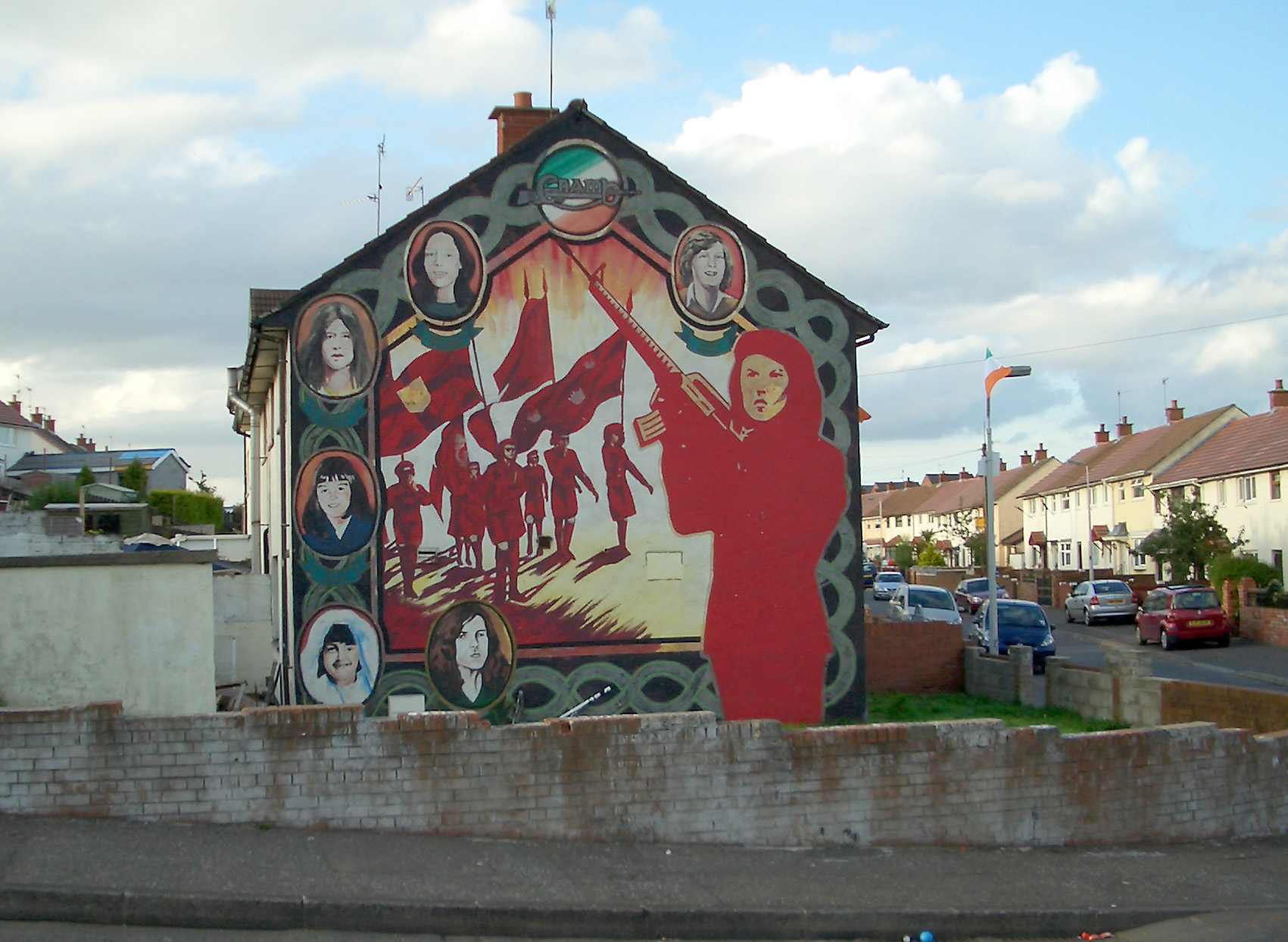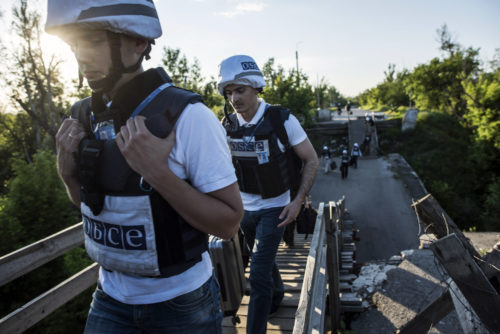Guest post by Vilde Lunnan Djuve, Carl Henrik Knutsen, and Tore Wig
When President Omar Bashir’s 30-year rule in Sudan came to an end in April of last year, it represented more than just a change of government. It was the end of a political regime, not unlike the ouster of longtime authoritarian leader Abdelaziz Bouteflika in Algeria the same month. A similar “regime change” arguably occurred in Bolivia last November, when long-time President Evo Morales was told by the military to step down.
The world is currently witnessing intense protests in places like Iraq, Lebanon, Hong Kong, and Chile, which have the potential to result in regime changes in these countries.
Throughout modern history, the longevity of regimes has varied dramatically. Some regimes, such as the current Sultanate of Oman, survive for centuries without major interruptions. In Bolivia, in contrast, there have been 43 regime changes since independence from Spain in 1825, with each regime having an average lifespan of a mere four and a half years. When Morales stepped down, it was business as usual, not a rare event.
What can explain such vast differences in regime longevity across countries? Why do some regimes live so much longer than others? And are global protests a sign of a coming wave of regime change today?
A new dataset of more than 2,000 political regimes across 200 countries sheds light on these questions. The data set, which we spent the last five years compiling, goes back as far as the French Revolution and records the dates of each regime’s rise and fall, and the reason for their demise. (It is publicly available as part of the larger V-Dem dataset.)
A look across countries and centuries shows that economics plays a central role in the breakdown of governments—low levels of economic development, and economic downturns, increase the chance that a regime will fall. Countries that are “semi-democratic”—as opposed to fully democratic or fully autocratic—are also more likely to experience these fissures, and regime collapse in these cases is more likely to be the result of coups.
Coups d’états and foreign interventions bring down most regimes—roughly 50 percent—whereas popular revolts are responsible for the demise of only 5 percent. Another common mode of breakdown is regime transitions “from within.” These changes are at least partly guided by incumbent elites, and often occur within the constraints of the existing constitution. Famous examples include the French transition into the Fifth Republic under Charles de Gaulle and the Spanish transition after Franco’s death.
The frequency of regime breakdown has risen and fallen throughout modern history. Some periods have seen stints of relative global stability, while other periods have been watersheds, with regimes falling like dominoes across the globe—think the fall of the Soviet Union and the Arab Spring. The contagion effect precedes the modern era: in just a few short months in the spring of 1848, the regimes of France, Austria, Prussia, Denmark and Hungary all fell. Many of the resulting new regimes again collapsed within a year.
Are we on the cusp of a new global wave, or are recent regime changes just ripples in an otherwise steady sea? It may be too early to tell. But history is clear: large-scale events, particularly economic events—the global economic crisis of the 1930s, for example—often propel regime changes. Moreover, protest movements learn from each other, as the current wave of mass protest suggests—uprisings in one country can breathe life and force into uprisings in other countries. Protests may also happen simultaneously in several countries, even without any diffusion across borders.
Political protest, and associated political instability, can seem like a trend—something increasingly fashionable like the latest trainers. Indeed, political scientists who study protest and popular uprisings have emphasized how these phenomena have become increasingly common in recent years. However, historical data show that such uprisings were even more “trendy” around 1848. Similarly, many researchers have pointed to the decline in military coups since the 1960s, leading to coups being considered an “old-fashioned” form of regime change. However, military coups were more or less absent in the 1860s, only to increase in popularity (and frequency) a decade later. Taking a longer historical perspective suggests it would be naïve to think that military coups are a thing of the past, despite the recent decline.
What should we expect from 2020? In Lebanon, a new government has been installed, but protesters have persisted, unimpressed with the new configuration of political power. In Hong Kong, even administrative reshuffling seems an unlikely outcome. In Bolivia, elections scheduled for May will reveal what lies ahead for the country with the shortest average regime lifespan in the world. The year ahead will also show whether regime changes in Sudan and Bolivia are the start of another global wave of regime changes or more isolated events. From a wider look at modern history, we know that popular uprisings and other modes of regime failure often come together. The recent wave of protests could indicate a tidal wave of regime changes in our immediate future.
Vilde Lunnan Djuve is PhD fellow in political science at Aarhus University. Carl Henrik Knutsen is a professor of political science at the University of Oslo. Tore Wig is an associate professor of political science at the University of Oslo.







